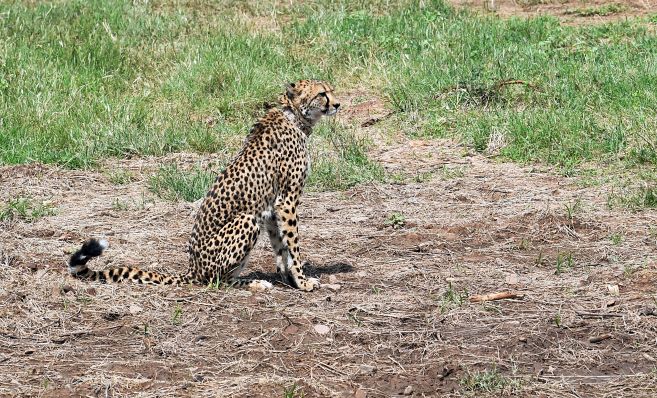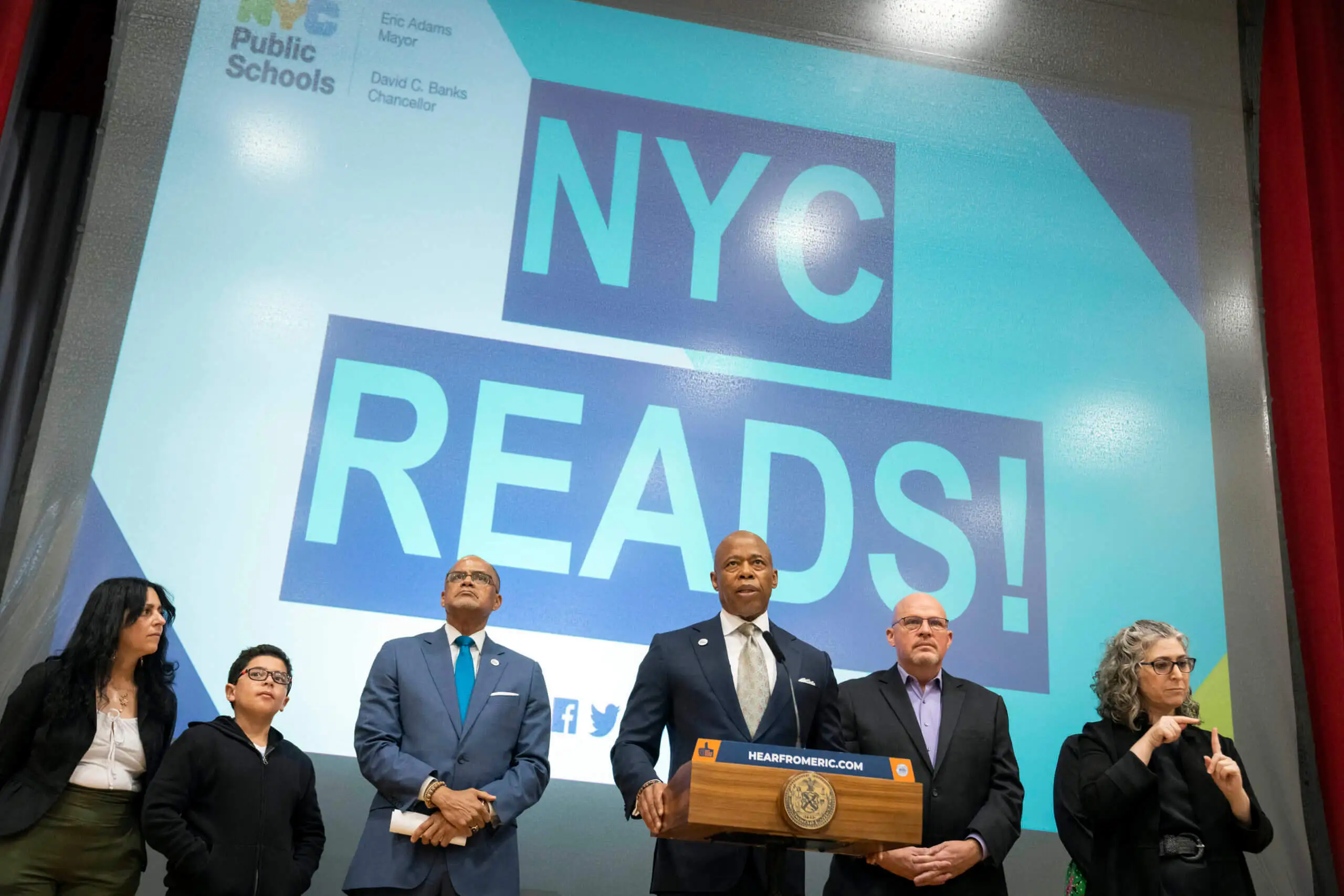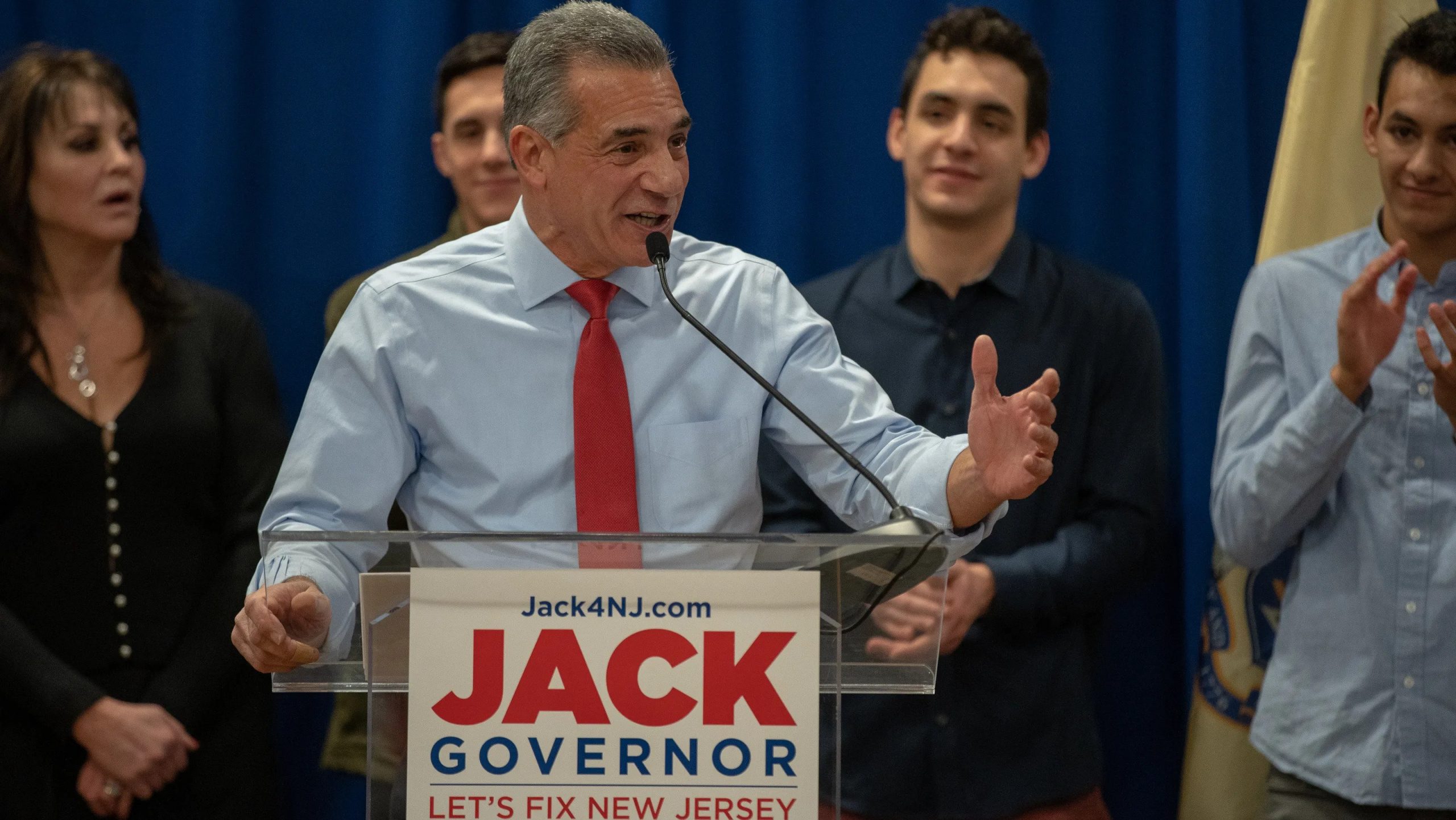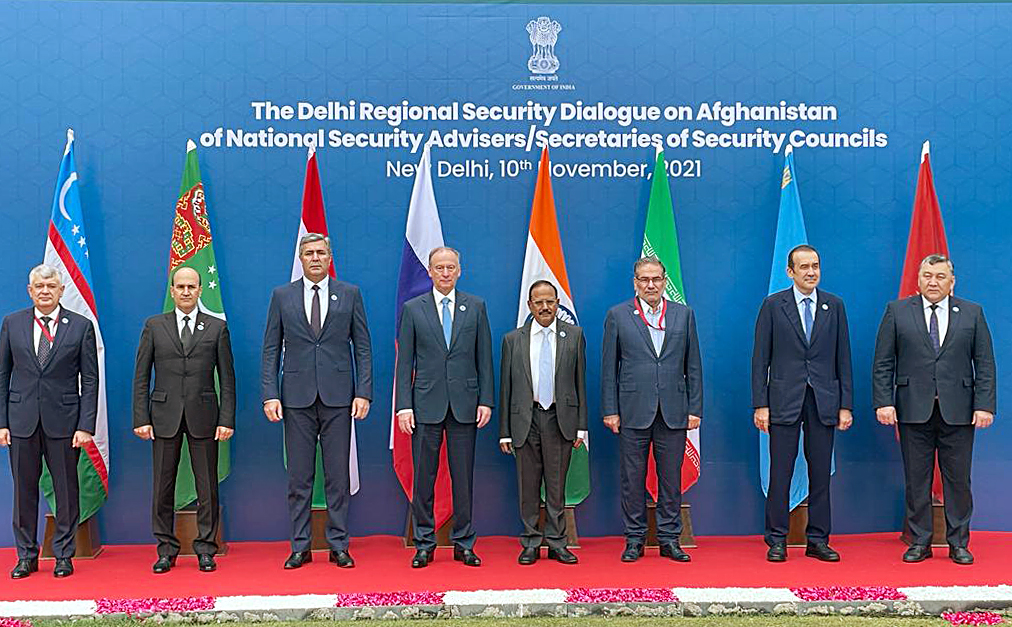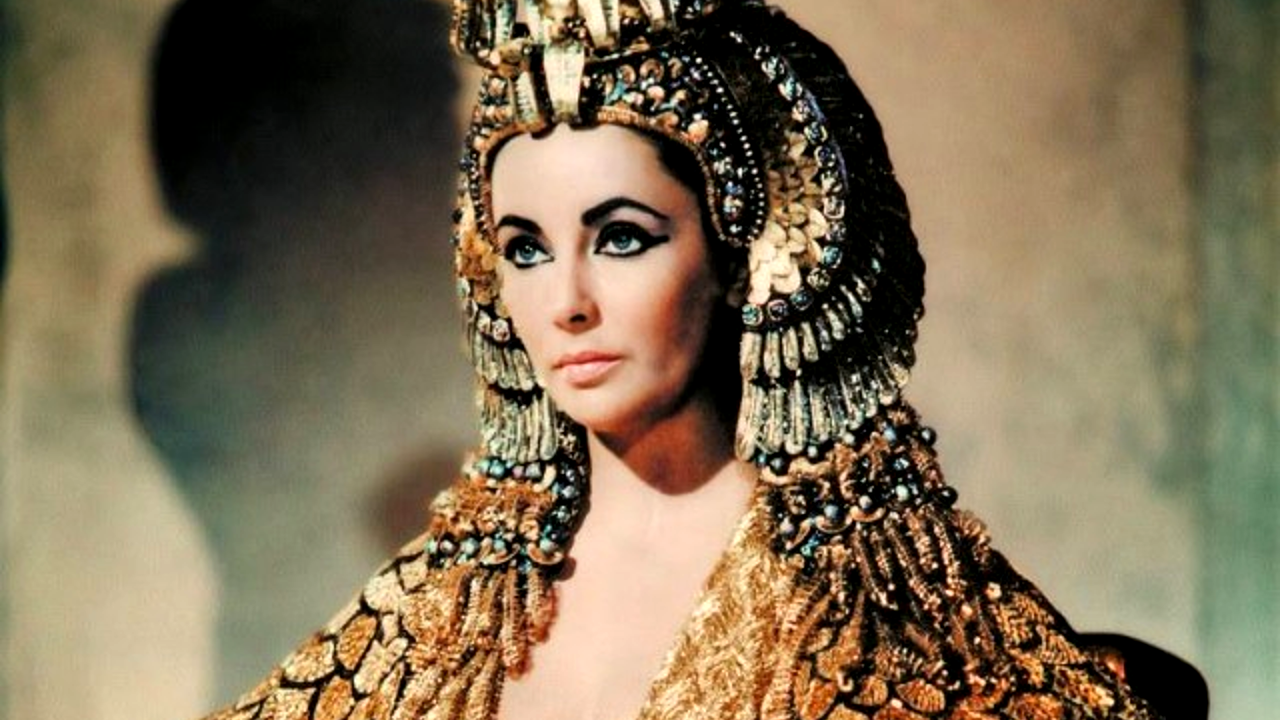The success of Project Tiger is a good example. While the tiger served to preserve forest systems, it is hoped the cheetah will fill the gap for open forests and grasslands. It could restore habitats and conserve biodiversity

Sadhna Shanker
They travelled by air more than 8000 km from Namibia in the African continent to Kuno National Park in India. The planet’s fastest land animal, the cheetah is identified as ‘vulnerable’ and only about 8000 remain. Found mainly in Africa, and a few in Iran. Cheetahs once prowled India in large numbers. They appear in ancient Hindu texts and in cave paintings, and are woven into centuries-old tapestries. However, by 1952 due to hunting, and loss of habitat they became extinct in India. The cheetah is the only large mammal India had lost.
The arrival of the African cheetahs is special because it is the first time ever that such transnational relocation of a carnivore in the wild is being undertaken. Earlier, there have been instances of zoos exchanging animals, but taking a free ranging predator from its natural habitat to another country is a first. After years of efforts and legal wrangles, the idea has become reality.
A batch of eight cheetahs, five females and three males between the ages of 2 and 5, selected in Namibia because of their hunting skills, familiarity with humans and genetic profiles are now in India. After a month-long quarantine, the animals are likely to be released into another enclosure for some time on November 5,2022. Thereafter radio collared, they will first release the males, and lastly the females into the Kuno National Park in Madhya Pradesh.
The Park is about 748 sq kms. The south-eastern portion of this area is connected to Panna Tiger Reserve and the Ranthambore Tiger Reserve is across the Chambal on the north-western side. Kuno was chosen for its similarity in climate, rainfall and habitats to the private preserves in southern Africa, where about 500 cheetah live. Further, ‘chitals’ or deers that are food for the animal are plentiful. Also, roughly 24 villages and their domesticated livestock were completely relocated from inside the Park some years ago. This was done in preparation for bringing the lions from Gir, but that did not take off. The village sites and their agricultural fields have now been taken over by grass.
The importance of bringing back the Cheetah also lies in the animal being able to restore the balance of the ecosystem. The success of Project Tiger is a good example. While the tiger served to preserve forest systems, it is hoped the cheetah will fill the gap for open forests and grasslands. It could restore habitats and conserve biodiversity.
There are concerns about the plan and survival of the animal in this relocation. Some point out that the African landscapes of large open grasslands are not present in India. Further, the dietary habits of African cheetahs that thrive on impalas would need to change. Of the bigger animals in Kuno – wild boars and antelopes – only calves and smaller ones would work, as the cheetah goes for smaller animals. The presence of a leopard population, hyenas and of neighboring tigers in Kuno is also a risk factor.
Apart from a central budget of Rs 916.5 million and Rs 50o million as CSR funds from the Indian Oil Corporation, a lot more rides on this project. The success of this project would create new avenues for employment and tourism. More importantly, the project promises hope for the survival of wild life species. Once the cheetahs adjust and thrive in their new habitat it could be a new way of looking at conservation of wild life – to consider the global population of a species rather than fragment them into local numbers.
Migration of humans and animals is an ancient practice. They both try to adapt and adjust to the new terrain because for all living beings the desire to survive is the strongest urge. Let us hope the African cheetahs survive in their new home, and soon our landscape has many of the great cats inhabiting it.
Sadhna Shanker is a writer based in New Delhi, India.
Email: [email protected]
















